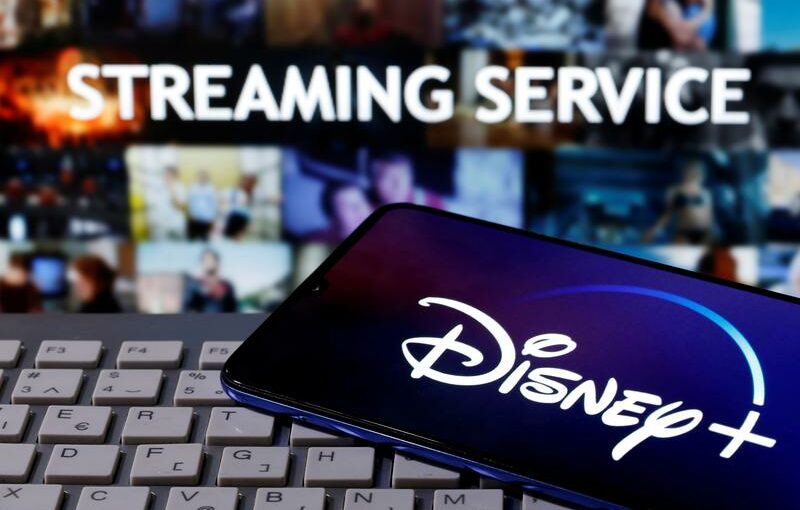(Reuters) – J.P.Morgan expressed confidence that Walt Disney Co’s popular streaming service will grow at a robust pace despite a sluggish showing in the second quarter, and said its legacy businesses will also improve as economies reopen.
Disney+, the streaming service the company launched in November 2019, failed to reach as many subscribers by early April as Wall Street had estimated, in part because the hugely popular cricket tournament Indian Premier League was cancelled due to a surge in coronavirus cases in India.
Disney shares fell 3.7% in aftermarket trading on Thursday after reporting results.
The company focused on the streaming service during the pandemic, quickly adding subscribers as people stuck at home due to travel curbs looked for more content than what market-leader Netflix Inc could offer. On March 10, Disney+ crossed 100 million paying subscribers around the world.
The service’s explosive growth pushed Disney shares up by a quarter last year, despite big losses at the unit that houses Disney+.
Some 103.6 million customers subscribed to Disney+ as of early April, versus a market estimate of 109.3 million, as Marvel superhero series “WandaVision” and “The Falcon and the Winter Soldier” debuted during the quarter.
“Given the unpredictable nature of subscriptions, and the fact that management does not guide, it is to be expected that Disney+ may not always hit consensus expectations,” J.P.Morgan analysts said.
“However, we remain very encouraged by the growth outlook for Disney+ and believe subscriber growth should ultimately be a positive for shares.”
The brokerage trimmed its forecast for net subscriber additions for the year by 20 million to 120 million.
Last month, Netflix forecast sharply lower-than-expected subscriber additions for the quarter ending June, saying slower production of TV shows and movies during the pandemic hurt subscriber growth. Analysts blamed it on fatigue among viewers after a year of pandemic-driven binge streaming
Source: Read Full Article
